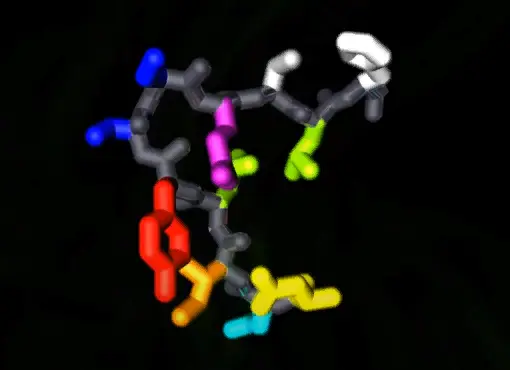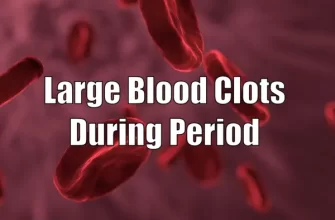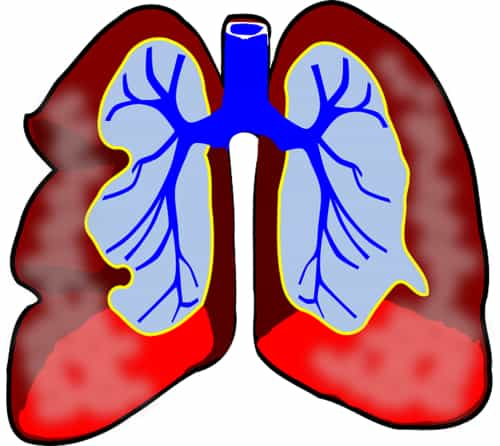Importance of Protein C and S in the body
Protein C and S are important components in the body’s natural defense against blood clotting. Protein C plays a crucial role in regulating the coagulation process by inhibiting the production of blood clotting factors.
Protein S functions as a cofactor to enhance the activity of protein C. Together, they help maintain a delicate balance between clot formation and dissolution.
Deficiencies in protein C and S can lead to an increased risk of excessive blood clotting, which can result in serious health complications, such as deep vein thrombosis and pulmonary embolism.
Causes of Protein C and S Deficiency
Protein C and S deficiency can be caused by both genetic factors and underlying medical conditions. Inherited mutations in the genes responsible for producing protein C and S can lead to a deficiency in their levels.
Genetic factors influencing Protein C and S Deficiency
Protein C and S deficiency can be caused by inherited mutations in the genes responsible for producing these proteins. These genetic factors can interfere with the normal production and function of protein C and S in the body. In some cases, individuals may inherit specific gene mutations that result in reduced levels of protein C or S. This genetic predisposition can increase the risk of developing a deficiency. Genetic testing can help identify these mutations and provide valuable insights for diagnosing and managing protein C and S deficiency.
Other underlying medical conditions leading to the deficiency
In addition to genetic factors, there are several other underlying medical conditions that can contribute to the development of Protein C and S deficiency. These conditions disrupt the normal production or function of the proteins in the body. Some of the medical conditions associated with Protein C and S deficiency include liver disease, kidney disease, certain types of cancer, inflammatory bowel disease, and prolonged immobilization. These conditions can lead to decreased production or increased consumption of Protein C and S, resulting in a deficiency. Identifying and treating these underlying conditions is crucial in managing Protein C and S deficiency.
Symptoms of Protein C and S Deficiency
Protein C and S deficiency may manifest in various ways depending on the severity and location of the clot formation.
Common symptoms associated with Protein C and S Deficiency
Protein C and S deficiency can manifest in various ways, depending on the severity and location of clot formation. Common symptoms include deep vein thrombosis (DVT), which presents as pain, tenderness, and swelling in the affected limb.
Pulmonary embolism, characterized by sudden shortness of breath, chest pain, and coughing up blood, can also occur. In some cases, individuals may experience recurrent miscarriages or stillbirths, indicating a potential problem with blood clotting. Prompt recognition and appropriate management of these symptoms are essential for preventing potentially life-threatening complications.
Severity of symptoms and their impact on health
The severity of symptoms associated with Protein C and S deficiency can vary widely. In some cases, individuals may experience mild symptoms, such as a single episode of deep vein thrombosis (DVT) that resolves with appropriate treatment. However, for others, the symptoms can be more severe and recurrent, leading to multiple blood clots in different parts of the body.
The impact on health can be significant, especially if the blood clots travel to vital organs like the lungs, causing pulmonary embolism. These complications can be potentially life-threatening and require immediate medical attention. Additionally, recurrent miscarriages or stillbirths in women with Protein C and S deficiency highlight the need for specialized care during pregnancy.
Early diagnosis and proper management are crucial in minimizing the impact of symptoms and preventing further complications.
Diagnostic tests for identifying Protein C and S Deficiency
Diagnostic testing is essential for identifying Protein C and S deficiency. These tests help confirm the diagnosis and guide appropriate treatment.
The primary tests used to identify the deficiency include protein C activity, protein S activity, protein C antigen, and protein S antigen. These tests measure the levels of protein C and S in the blood and assess their functionality. Genetic testing may also be performed to identify mutations in the genes responsible for protein C and S production.
The results of these tests, along with a thorough evaluation of the patient’s medical history, help determine the presence and severity of the deficiency, allowing for tailored treatment strategies.
Treatment options to manage the deficiency
Treatment options for Protein C and S deficiency aim to prevent the formation of blood clots and manage the associated complications.
The main treatment approach involves the use of blood thinners or anticoagulants, such as warfarin or heparin. These medications help prevent clot formation and reduce the risk of thrombotic events. In some cases, protein C concentrate or protein S concentrate may be administered to increase the levels of these proteins in the blood.
Additionally, individuals with Protein C and S deficiency are advised to take certain precautions, such as avoiding prolonged immobility and using compression stockings, to minimize the risk of blood clots. Regular monitoring of anticoagulant therapy and close follow-up with a healthcare provider are crucial in managing the deficiency effectively.
Lifestyle Changes and Management
In addition to medical treatment, individuals with Protein C and S deficiency can benefit from making certain lifestyle changes and adopting management strategies. These may include:
- Avoiding prolonged immobility: Regular movement and exercise can help improve blood circulation and reduce the risk of blood clots.
- Using compression stockings: Wearing compression stockings can help prevent blood pooling and reduce the risk of developing deep vein thrombosis.
- Maintaining a healthy weight: Obesity can increase the risk of blood clots, so maintaining a healthy weight is important.
- Avoiding smoking and alcohol consumption: Smoking and alcohol intake can increase the risk of blood clots, so quitting smoking and quitting alcohol consumption is advised.
- Managing other health conditions: Proper management of underlying medical conditions, such as diabetes and hypertension, can help reduce the risk of complications.
Implementing these lifestyle changes, in combination with medical treatment, can help individuals with Protein C and S deficiency effectively manage their condition and reduce the risk of blood clot formation.
Prognosis for individuals with Protein C and S Deficiency
Individuals with Protein C and S deficiency can have varying prognosis depending on the severity of their condition and their adherence to treatment. With appropriate medical management, including anticoagulant therapy and regular monitoring, the prognosis can be favorable, and the risk of blood clot formation can be significantly reduced.
However, the risk of developing complications such as deep vein thrombosis and pulmonary embolism still exists, especially during periods of increased risk factors such as surgery or pregnancy. It is important for individuals with Protein C and S deficiency to work closely with their healthcare team and follow recommended preventive measures to minimize the risk of complications and maintain their overall health.









